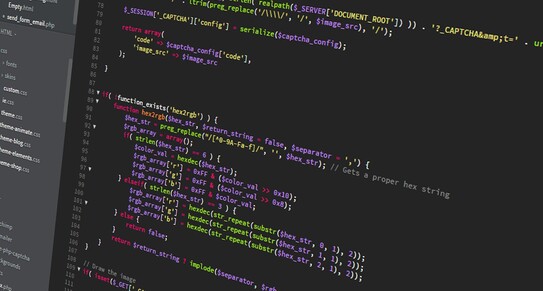The beginning of the end of your ERP implementation project is go-live day, this is where you start to use your new system in your business. The many man hours spent on scoping, configuration, data entry, testing and training amount to the execution of this day. Most business owners fear this day, as it’s execution will make or break the entire project. There are three methods that “go-live” is typically executed with; all-in-one, parallel or phased. Each method has their own positives and caveats, however no one of these methods is the right way to tackle go-live. Your business must decide which method best fits your objectives and resource.
The all-in-one method of going live in your new ERP system is exactly as it sounds. Once all training, configuration and testing is complete, the entire ERP system is switched on and used all at once. Typically with this method, your staff will log out of the old system on Friday afternoon and log into the new ERP on the following Monday morning. This strategy is the quickest way to be fully operating in the new system, and your staff will not have the opportunity to revert to old processes. On the other hand, if there are any errors in the implementation or your staff have not been properly trained then this method carries the biggest risk of disruption.

The parallel method of going live is the act of using both the old and new systems in tandem over a defined time period. Your staff will learn the new system whilst still operating the old system leading this to be the lowest risk of the three methods. The caveat of this method being that your staff will need to twice the amount of work for the same outcome. This can lead to overworked staff and errors between the two systems if close attention isn’t paid. This method would only be recommended for businesses that have the resource capacity to execute.

The phased method of going live differs from the aforementioned methods. In essence, the phased method involves turning on certain modules on the new ERP and switching progressively. For example, you may decide to leave the core ERP functions of your old system on but move your purchasing over to the new system. This strategy averts much of the risk of the all-in-one go live as this is less of a shock to the business and staff. However by the same token running different parts of your business across two systems is inefficient and can lead to confusion among staff and departments. Connections that bring data from the old system into the new system during this phase can be very costly, and only provide the bare minimum ties. There is lower stress and risk involved with this method, however this method also drags out the timeline of your ERP implementation.
There is no one right way to execute go-live day, it is important to assess which of these three methods will provide the least disruption and can be effectively resourced. Working with an ERP implementation consultant like ALTSHIFT will take away much of the pressure of going live. With many successful implementations under our belt, we have the expertise to mitigate the risk of going live. Planning an ERP project, get in touch with us to discuss your options.
